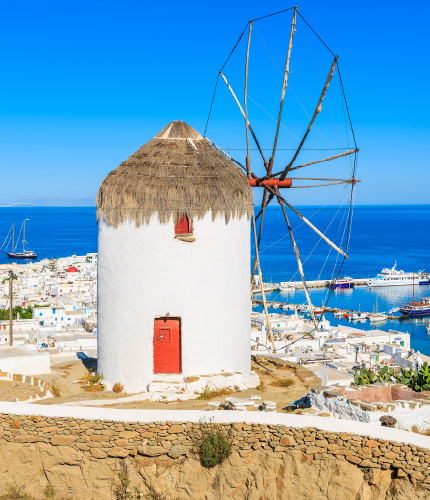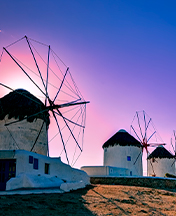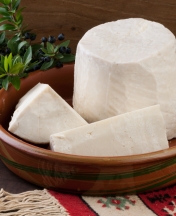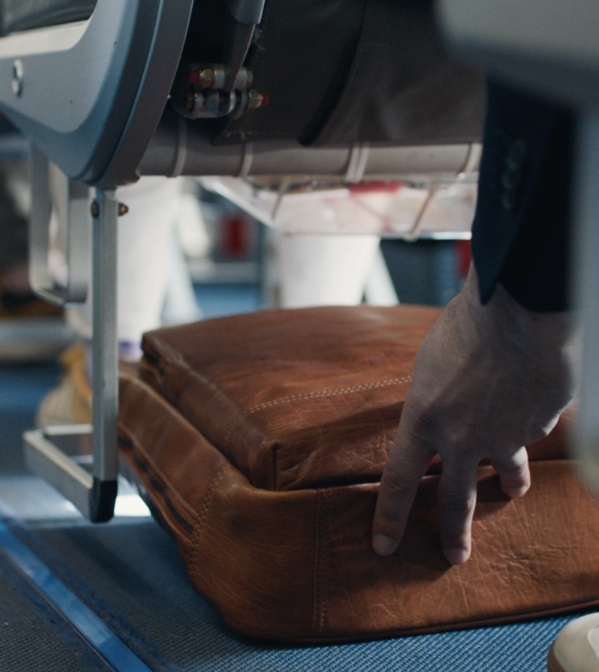Mykonos owes its name to the son of the king of Delos. Indeed, in antiquity, the history of Mykonos was connected to that of Delos. In reality, however, little is known about Mykonos since antiquity. From excavations in the ancient area of Ftelia we know that the first inhabitants of the island were the Kares, then the Phoenicians, the Egyptians, the Minoans and the Ionians. Ancient Mykonos developed a great civilization and indeed, there was discovered the oldest amphora of ancient times, also known as Pithos of Mykonos. In 1207, Mykonos came under Venetian rule. The Gizi dynasty took control of the island and built a castle to protect it. A century later, George Gizi, the last Venetian ruler, ceded the island of Mykonos to Venice. In 1537 Mykonos came under the rule of the Turks. Because the island's inhabitants were great sailors, they provided significant assistance in the War of Independence, offering 22 ships, 500 crew members and 140 cannons to the Greek Revolution. The heroic revolutionary figure of Mykonos, Manto Mavrogenous, financed the Revolution, helped organize battles, participated in the Filiki Eteria and managed to organize troops to rebel against the Turks in 1822. After the Greek Independence, the economy of the island was completely destroyed. Later, Mykonos succeeded in strengthening its trading power through the textile industry. In fact, the textiles of Mykonos were of such high quality that they were traded throughout Greece and abroad. Tourism in Mykonos began to flourish in the early 1960s when it became the favorite refuge for artists and later for hippies. The archaeological site of Delos became a major attraction and today Mykonos has become one of the top tourist destinations in the world.













